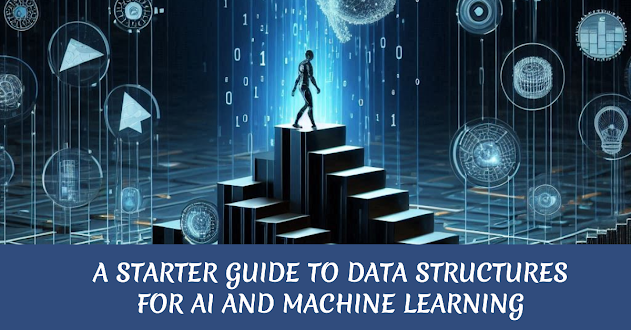Introduction to Quantum Machine Learning

Quantum Machine Learning (QML) is an emerging interdisciplinary field that combines principles of quantum computing with machine learning algorithms. It aims to enhance the capabilities of machine learning by leveraging the unique properties of quantum mechanics, such as superposition, entanglement, and quantum parallelism. Here’s a detailed exploration of this topic: Key Concepts Quantum Computing Principles : Qubits : Unlike classical bits, which can be 0 or 1, qubits can exist in a superposition of states. This allows quantum computers to process a vast amount of information simultaneously. Superposition : A qubit can be in a combination of both 0 and 1 states at the same time. This property exponentially increases the computational power. Entanglement : Quantum entanglement is a phenomenon where qubits become interconnected such that the state of one qubit directly affects the state of another, even at a distance. Quantum Gates and Circuits : Quantum gates manipulate qubits, and q...

